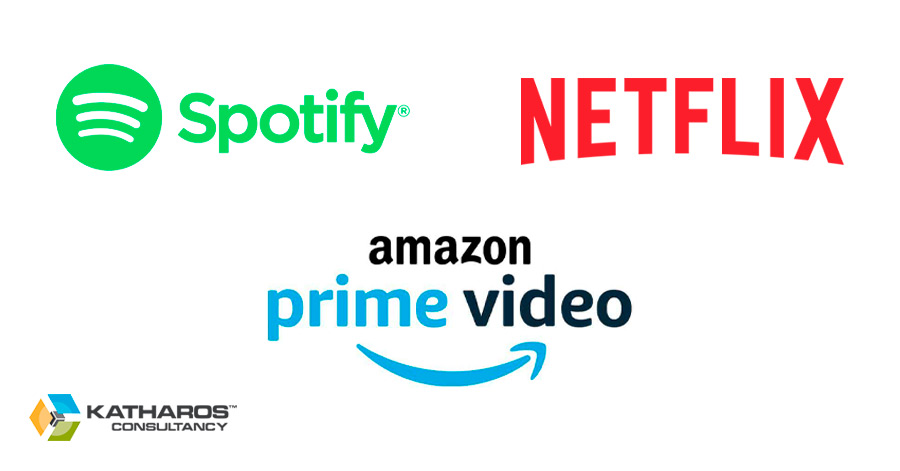Pricing Harmony: The Good-Better-Best Approach to Success
by Sovina Vijaykumar

In today’s competitive marketplace, finding the right pricing strategy can make or break a business. One approach that has gained significant traction is the good-better-best strategy. This tiered model offers customers three distinct levels of products or services, each with its price point. By embracing this strategy, companies can cater to a wide range of customers, boost profitability, and differentiate themselves from the competition. Join us on a journey through the symphony of pricing strategies as we explore the benefits, challenges, and tips for implementing the good-better-best approach.
Harmonizing Customer Appeal in Pricing:

The primary advantage of the good-better-best strategy is its ability to appeal to a diverse customer base. Customers have varying needs, preferences, and budgets, and the tiered approach ensures an offering for everyone. By providing different levels of features or functionality, businesses can cater to customers seeking affordability and those who desire more advanced options. This inclusivity enables companies to capture a broader market share and forge stronger connections with their customer base.
Also read: https://katharosconsultancy.com/immersive-customer-experience/
Rhapsody of Profitability with Pricing:

Another key advantage of the good-better-best strategy is its potential to enhance profitability. By offering varied prices, businesses can generate revenue from diverse market segments. For instance, customers willing to pay a premium for advanced features can opt for higher-priced options, allowing companies to maximize their profits. This tiered structure enables businesses to target diverse customer segments, optimize revenue, and improve financial performance.
Melody of Differentiation:

In a crowded marketplace, differentiation is crucial for success. The good-better-best strategy helps companies differentiate their products or services effectively. By offering a range of prices, businesses can transparently showcase the value proposition associated with each level. This clarity enables customers to make informed decisions based on their needs, leading to higher customer satisfaction and loyalty. Furthermore, a well-executed tiered strategy can position a company as a leader in their industry, driving brand recognition and attracting new customers.
Navigating the Challenges in pricing:

Implementing a good-better-best pricing strategy has its challenges. Setting the prices for each level requires a delicate balance between competitiveness and profitability. Businesses must thoroughly analyze market conditions, competitor pricing, and cost structures to determine optimal price points. Additionally, effectively communicating the benefits of each level to customers is crucial. Clear and concise messaging is essential to ensure customers understand the value they receive at each tier, making them more inclined to opt for higher-priced plans.
Tips for Harmony

To successfully implement a good-better-best pricing strategy, consider the following tips:
- Define your target customers: Understanding your target audience’s needs and preferences is vital. This knowledge will guide the features and functionality offered at each pricing level.
- Evaluate your competitive landscape: Analyze the pricing strategies of your competitors. This information will help you position your pricing tiers effectively, ensuring competitiveness without undervaluing your offerings.
- Establish clear and concise pricing tiers: Design pricing tiers that are easily understandable to customers. Highlight the benefits of each level, facilitating customer comparison and selection.
- Communicate value effectively: Emphasize the value proposition of each pricing tier. Showcase the unique features and advantages customers can enjoy at higher levels, encouraging them to consider the higher-priced plans.
A Symphony of Success

Numerous companies have successfully embraced the good-better-best pricing strategy, amplifying their success and market presence. Let’s take a look at a few notable examples:
Spotify: With its Free, Premium, and Family plans, Spotify caters to different user preferences. The Free one offers ad-supported streaming, the Premium plan removes ads and enables offline listening, and the Family plan extends these benefits to multiple users.
Netflix: Netflix offers Basic, Standard, and Premium plans, allowing customers to customize streaming quality and concurrent device limits. The tiered pricing lets users choose the option that suits their viewing habits and needs.
Amazon Prime: Amazon Prime offers both a Monthly and an Annual plan. By providing two options, Amazon allows customers to decide whether the convenience and benefits of Prime are better suited to their short-term or long-term shopping habits.
These examples show that the good-better-best pricing strategy can be applied across industries, appealing to diverse customer segments.
The Crescendo of Possibilities
In conclusion, the good-better-best pricing strategy harmonizes customer appeal, profitability, and differentiation. Offering tiered options helps businesses attract diverse customers, optimize revenue, and stand out in a competitive landscape.
Despite challenges, thoughtful pricing tier consideration, effective communication, and market analysis can overcome these hurdles. So, why not embrace the symphony of pricing strategies and orchestrate your company’s success with the good-better-best approach?
If you’re eager to implement the good-better-best pricing strategy and need guidance, consider seeking expert advice. At Katharos Consultancy, we specialize in helping businesses navigate the intricacies of pricing and develop tailored strategies for sustainable growth. Our team of experienced consultants can assist you in defining your target customers, analyzing the competitive landscape, and crafting effective pricing tiers that align with your business goals.